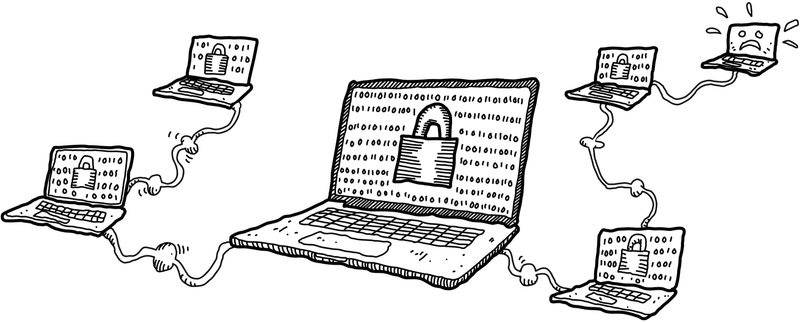The threat of Phishing attacks are becoming more and more alarming levels in the last year, and employees are often the first line of defense. In this article, we explain why an Anti-phishing policy could be the help you need.
Why you need an Anti-phishing policy
Phishing attacks have reached record highs in the past year, with experts reporting a 140% increase in malicious activity. Cybercriminals are using AI-driven tools to create realistic and deceptive scams—making it harder for employees to recognize threats in emails, texts, and direct messages.
Most phishing attacks begin with human error. A single click on a fake login page or a downloaded malicious file can lead to a system breach, data loss, or ransomware lockdown. A well-crafted Anti-phishing Policy is your first line of defense.
How to train employees to prevent Phishing
Employees are often the most vulnerable point in your cybersecurity posture. Phishing emails commonly target staff by impersonating trusted sources or company leadership.
To minimize risk, your organization must:
- Establish clear email and communication protocols
- Provide practical phishing prevention training
- Encourage early reporting of suspicious messages
Explore: How to Boost Security Awareness With Engaging Online Training
Also read: What Is Security Awareness Training and Why Is It Important?
What is an Anti-phishing policy – and why is it important
An anti-phishing policy outlines how your organization communicates securely. It helps employees identify phishing emails and other social engineering tactics.

Without a clear policy, employees may unknowingly engage with spoofed emails or respond to fraudulent requests. A strong policy reduces the likelihood of human error by setting clear expectations and standards for communication.
Benefits of an anti-phishing policy:
- Prevents email spoofing and social engineering
- Establishes trust and consistency in internal communication
- Supports compliance and regulatory requirements
- Builds a culture of cybersecurity awareness
Key components of an effective Anti-phishing policy
1. Authorized communications channels:
- List approved tools for internal communication (e.g., company email, Microsoft Teams, Slack)
- Instruct employees to treat messages from unapproved channels with caution
- Regularly update approved tools to reflect current use

2. Email authentication protocols:
- Implement SPF, DKIM, and DMARC to prevent email spoofing
- Train staff to verify sender addresses and domains
- Create alerts for mismatched email headers or suspicious domains
Learn more: Reduce the Risk of Phishing Attacks With an Anti-Phishing Policy
3. Email signature and branding guidelines:
- Use standardized email signatures with consistent branding and contact info
- Set guidelines for tone and formatting
- Apply digital certificates for critical communication
4. Security awareness training:
- Deliver regular, role-specific phishing awareness training
- Include real-life phishing examples in your curriculum
- Encourage early and penalty-free reporting of suspicious messages
Discover:
5. Verification Procedures
- Require dual verification for sensitive requests (e.g., payments, access rights, payroll changes)
- Encourage phone or secure messaging confirmation
- Reinforce: never share credentials or financial data over email
An Anti-phishing policy is a guide to how an organisation communicates. It describes the purpose of communication, the target audiences, the values that guide communication, who is responsible for what and the channels used.
Download the Anti-phishing policy template
Need help getting started? Download our free anti-phishing policy template to begin building your organization's phishing defense strategy.
It includes:
- Ready-to-use policy sections
- Key security procedures and training guidance
- Steps for implementation and internal rollout
Click the link below.



